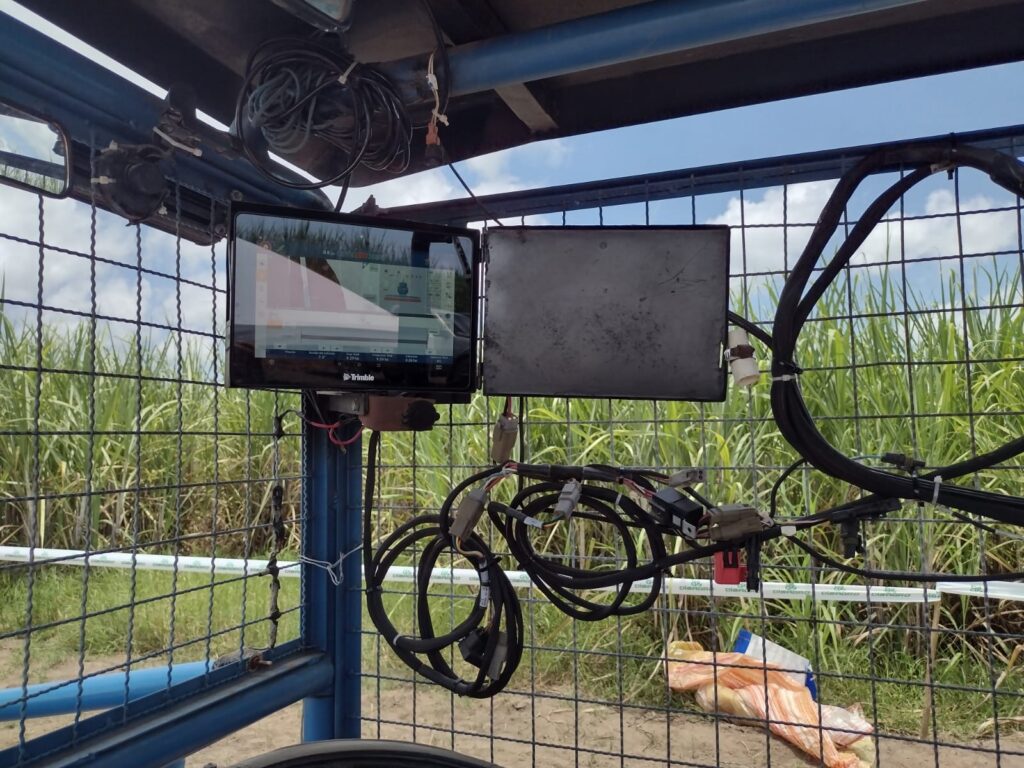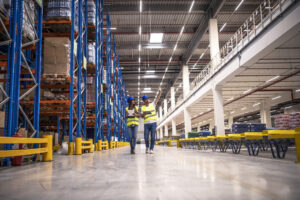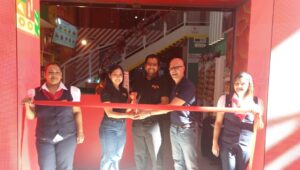
Alonso Zuniga / Photographer / Producer
In a context where the lack of labor in the salvadoran countryside is a growing challenge, precision agriculture is emerging as an innovative solution to optimize production and maintain competitiveness. José Vicente Salgado, DISAGRO’s Direct Sales manager for Universa in El Salvador, highlighted in an interview for Dinero.com.sv that the company’s mission is to move towards this cutting-edge technology, which promises to transform the country’s agricultural sector.

This technological advance is especially relevant at a time when the shortage of farm labor is affecting the ability of producers to maintain their operations. The implementation of Hardware as a Service at Finca Hoja de Sal is a clear example of how automation can compensate for the lack of workers by allowing tractors to operate autonomously with satellite technology.




DISAGRO’s focus is not limited to sugarcane cultivation, but also covers other sectors such as coffee, corn and vegetables. Thanks to the AgritecGEO platform, producers can access real-time information through a mobile application, facilitating more informed and efficient decision-making in the field.



During the official launch of this technology, attendees had the opportunity to observe in real time how tractors equipped with Trimble technology create precise furrows and apply herbicides in a variable manner, optimizing resources and reducing environmental impact. This type of technological solution is key to addressing the current challenges facing the agricultural sector in El Salvador.

The lack of labor has not only affected productivity, but has also increased operating costs for many producers. Precision agriculture is presented as a comprehensive strategy that not only reduces dependence on labor, but also improves efficiency and sustainability in the field.



With the adoption of these technologies, El Salvador is taking a step forward in the modernization of its agricultural sector, demonstrating that innovation can be the key to overcoming the most difficult challenges and ensuring a more productive future for all those involved in the agricultural value chain.














